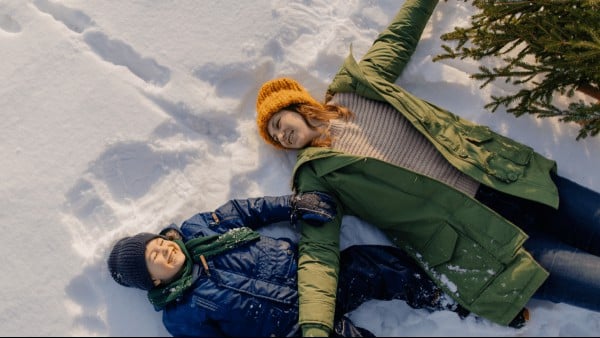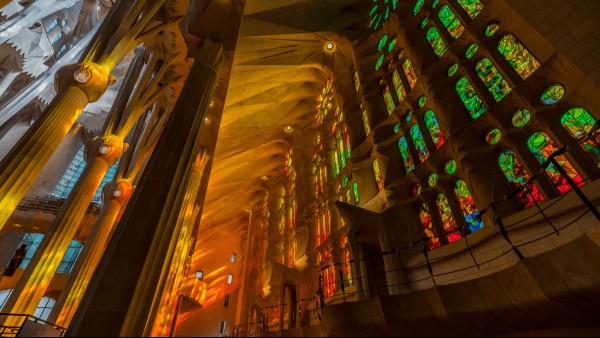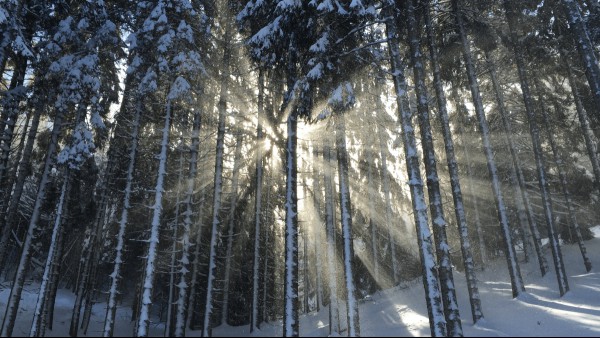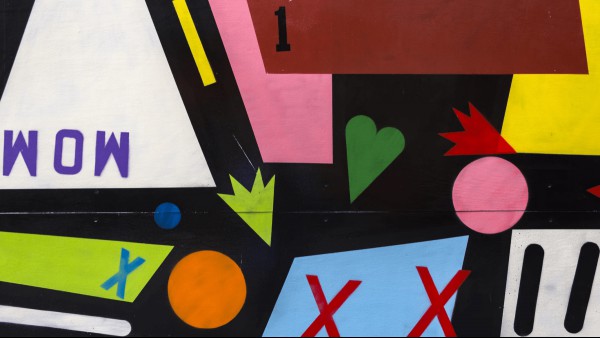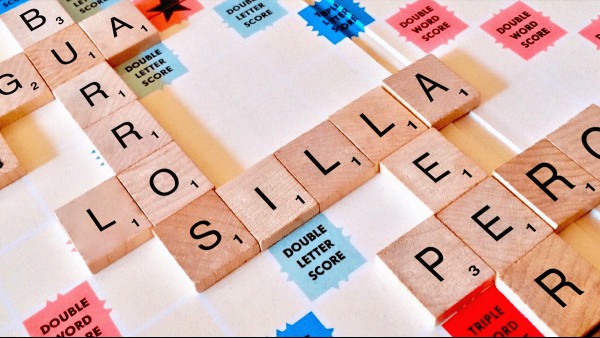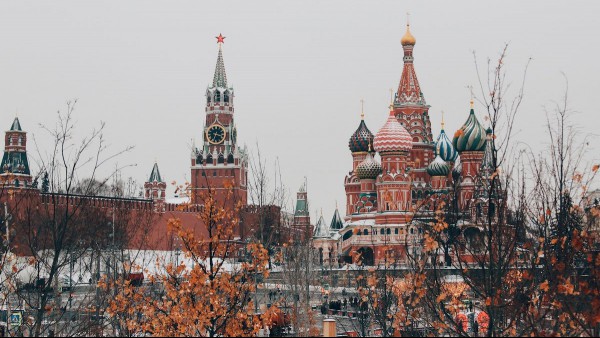It’s good to step back and appreciate the wonder of snow every once in a while. Sure it can cause problems, but it’s arts-and-crafts literally falling from the sky. Children around the world have created their own traditions to celebrate snow days, making the most of the materials at hand. You’re probably familiar with a few already, but let’s take a tour of snow traditions that have popped up all around the world.
Giant Balls Of Snow
Anywhere there’s snow, people figure out that if you roll a small ball of snow through more snow, then you can create a large ball of snow. It’s an important step in making snowmen or other snow constructions. Not every person has a name for it. There is an old northern English word for it, however: hogamadog.
Snow People
Building human-shaped figures out of snow is one of the oldest snow crafts. It’s a little tricky to trace the origins of art made out of snow, of course, because the historical records tend to melt away. Bob Eckstein, an illustrator and writer, set out to trace snowmen back to their roots. The earliest reference he could find was a depiction of a snowman in a 14th century book of hours, a Christian devotional text. It’s impossible to know how far the tradition really goes back, but we can assume humans have been shaping snow in their own image for hundreds, if not thousands, of years.
The snowman can be anything, but it’s got a pretty standard form in the English-speaking world. It’s three balls of snow stacked on top of each other, each ball decreasing in size as you go up. Sticks are used for arms, and the face is made of whatever else a child can find. Button eyes and a carrot nose are perhaps the most common, especially since people tend not to have coal lying around as much as “Frosty the Snowman” would imply.
Snowmen can also be found in places all over the world. Many languages have the exact equivalent of “snowman,” like Schneemann in German (Schnee “snow” + Mann “man”) and the Turkish kardan adam. In French, they’re called by the slightly formal name bonhomme de neige, which literally translates to “snow fellow.” The Italians have pupazzo di neve and Spanish-speakers have muñeco de nieve, both of which literally translate to “snow puppet.” Over in Russia, they cover two genders with cнеговик (snegovik, meaning “snowman”) and снежная баба (snezhnaya baba, or “snow-woman,” sometimes translated as “snow grandmother”). In Japan, some people make 雪だるま (yukidaruma), which look a little different than the others. They’re usually made of only two segments, and may have been named after their resemblance to the daruma doll.
Snow Angels
Making a snow angel is as easy as falling down. All you have to do is lie down and move your arms up and down, and your legs side to side. When you get up again, it’ll look like a creature with wings fell in that spot.
There is no Bob Eckstein who made it their mission to search for the origins of snow angels. It’s possible that for as long as there have been children and snow, they’ve been lying down and waving their limbs to leave their marks.
Snow Rabbits
We talked a little about the snowmen in Japan, but there’s another long-standing snow tradition in the country: 雪うさぎ (yukiusagi), or “snow rabbits.” They’re usually very simple, just a small ovular mound of snow, with leaves for ears and red berries for eyes. As with snowmen, it’s difficult to trace just how far back these snow critters go. They appear in art from the 18th century, making them a centuries-old practice at least.
Snow Lanterns
Winter is the darkest time of the year by definition, and so some people try to brighten it up by making a snow lantern. These lanterns are built around a candle (or, in more modern times, sometimes LED lights), and they’re constructed with small balls of snow. The balls are stacked into a cone shape, so the light can still be seen in the cracks between the snow. They’re not necessarily the most practical light source, but they’re ethereally gorgeous.
There are two places in the world where these lanterns are a commonly practiced snow tradition. They’re sometimes called “traditional Swedish snow lanterns” (snölykta), and Sweden does indeed make them, but they’re also part of holiday traditions in a few other Scandinavian countries, including Finland and Norway. They’re also big in Japan, where some people build yuki cones, named after the shape these lanterns take. Japanese snow lanterns can also get more complex, though, as exemplified by the Hirosaki Castle Snow Lantern Festival.

